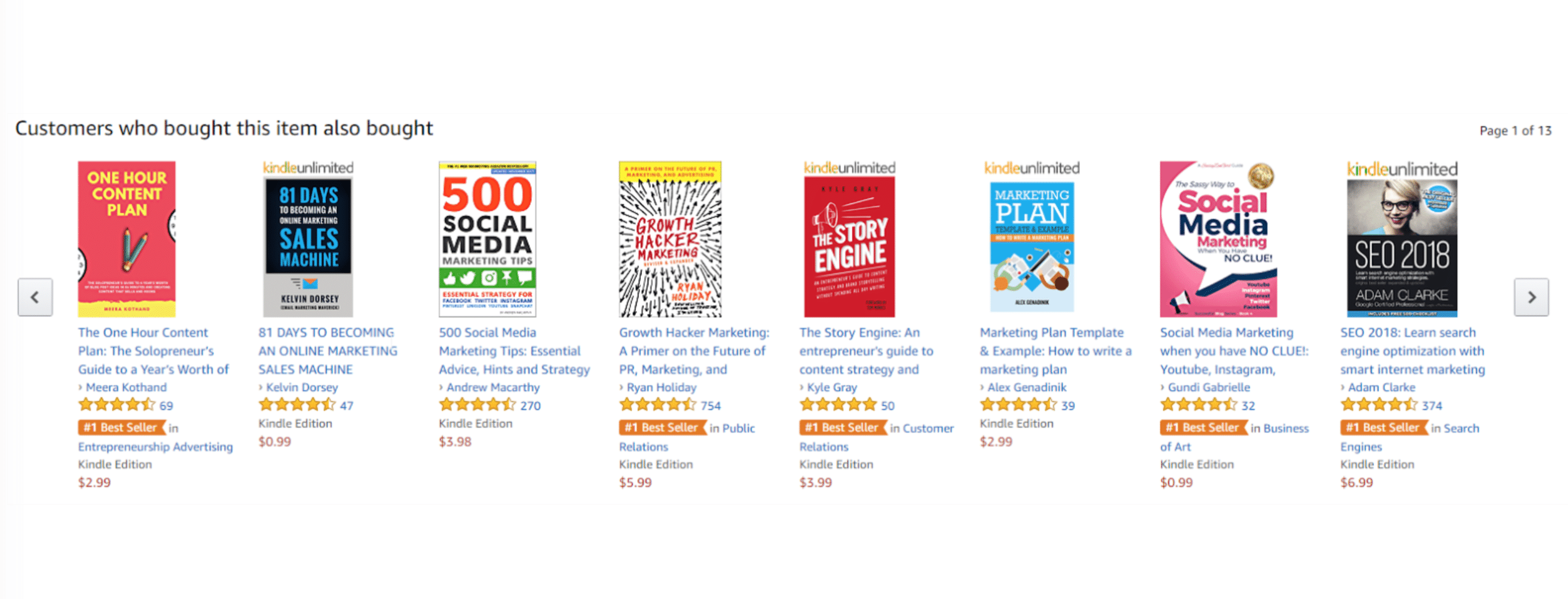
Many AI vendor companies offer AI-enabled products and services for pushing more and more products in front of customers. That said, it is not always clear how these solutions determine which products to advertise to which customers. Retailers and other businesses should consider what they need to do to prepare their enterprise for one of these solutions and familiarize themselves with how AI recommendations are built and trained.
In this article, we will explain how AI-enabled product recommendations work. The two main topics we cover are:
- Data Requirements for AI Product Recommendations: Listing the types of enterprise data these AI solutions use such as customer profiles and product metadata and explaining their purpose.
- Using AI to Match Customers to Products: Describing how this type of AI application uses the required data to predict which products customers are most likely to spend money on.
We begin our explanation by outlining the data requirements of a company looking to adopt a product recommendation solution.
Data Requirements for AI Product Recommendations
Integrating an AI-enabled recommendation engine requires large amounts of enterprise data from the client company. The data is used to train the machine learning algorithm to recognize information within product listings and customer information in order to correlate them and form recommendations. A number of well-known recommendation approaches exist – and some are more data-hungry than others.
The retailer would need to provide its stores of customer transaction information, which includes:
- Customer Profiles: Demographic data and other information about the customer’s most probable interests.
- Transactional Information: Files which include historical customer data such as spending habits and past sales that have convinced the customer to spend money. This also includes digital shopping cart data such as lists of items checked out together and any items left in the cart unpaid for.
- Site Traffic Data: Information about the customer’s journey through the eCommerce website and which items they browsed over before checking out.
For example, consider the types of metadata an eCommerce retailer would need for their products:
- Product Listings: Names of products, the quantity per package, and possibly which demographics the product is meant for.
- Time Sensitive Product Data: Seasonal product launch dates, which products people buy at the same time, and other categories depending on the retailer.
- Prices: Pricing information on all products, including past and future sales and which demographics should see the sale price.
The retailer’s data science team would need to run all of this data through a machine learning algorithm in order to train it to recognize the information within it and make accurate correlations. In many cases, the algorithm would also need to run in the background of the enterprise for some time to analyze customer behavior in real-time. This helps the algorithm acclimate to the newest customer data before making predictions.
Using AI to Match Customers to Products
Most product recommendation applications will run on predictive analytics, which is a type of AI software made for correlating disparate information and making predictions based on it. Once the algorithm behind the software is finished training on all necessary customer and product data, it can begin recommending products to specific customers.
In our eCommerce example, the retailer would install the system so that it can control which products appear through the designated channel for targeted ads. The customer would typically see these ads on the sidebar, top banner, or other areas of the retailer’s choosing. Suppose the algorithm determined that a given 29-year-old male customer is most likely to buy shaving cream along with his razors. The ads on the website’s banner and sidebar would then change to show the shaving cream product in an attempt to entice the customer to add it to the cart.
Other applications can serve to recommend products that would be best bought together – as you see at Amazon.com and other sites.
While there are a number of more lengthy instructional videos on the technical elements of a recommendation engine (including this well-done presentation from Google Cloud Platform), the video below – from NBC – provides a succinct overview of what is called collaborative filtering, a product and content recommendation approach used by tech giants like Netflix:
The predictive analytics software likely comes to its conclusions about recommendations by determining how relevant a product is to a given customer, then targeting them with ads for the most relevant products. In our previous example, shaving cream may not have been the recommended product if the customer had a history of buying electric razors. Similarly, consider a female customer in her 30s who is most interested in outdoor grilling products.
In her case, the software would likely recommend her barbecue tongues and basting brushes as opposed to more typical cooking tools that other customers might be more interested in.
Other Emerj Articles About AI-Enabled Product Recommendations
For more information about recommendation engine use-cases, and the technology behind these systems, browse the articles below:
- Use Cases of Recommendation Systems in Business – Current Applications and Methods
- Artificial Intelligence in eCommerce – Comparing the Top 5 Largest Firms
- Crowdsourced Search Relevance for eCommerce and Online Retail
- Recommendation Engines for Fashion – Comparing 6 Applications
Header image credit: Medium // Jonathan Cronstedt








